Thermoplastic Honeycomb Size
Thermoplastic Honeycomb Market Growth Projections and Opportunities
The Thermoplastic Honeycomb market is influenced by different factors that shape its dynamics, driven by the uses of these structures in industries like aerospace, automobile, and construction. The prompt demands for lightweight and strong materials are one of the primary drivers where thermoplastic honeycombs are known to have an exceptional strength-to-weight ratio as well as versatility. The thermoplastic Honeycomb market is influenced largely by regulatory considerations and sustainability concerns within this industry. For example, they are key components in lightweight structural applications that must be regulated for product safety and environmental responsibility. Thus, manufacturers must meet such standards to be able to sell their products legally in line with eco-conscious expectations from customers and meet regulatory needs. The commitment of the industry to developing recyclable and eco-friendly honeycomb structures demonstrates increasing demand for sustainable solutions. The global economic landscape significantly contributes to shaping the Thermoplastic Honeycomb market. The need for these honeycombs is mainly affected by economic situations, including aerospace and automotive production, infrastructure projects, and demand for energy-efficient solutions, among others. Technological advancements in honeycomb structures contribute significantly to the evolution of this market. Using innovative processes during manufacturing, composite materials, or design configurations will, therefore, improve the performance, versatility, or applicability of Thermoplastic Honeycombs that could be used in making airplanes, among other things. Companies that invest heavily in research are those that will succeed in being at par with technology, catering to evolutionary business needs, and becoming competitive enough to win over competitors on an international scale. Supply chain dynamics include raw material availability and pricing, which play a significant role in determining how well a company can compete within its industry. Usually, thermoplastic polymers, reinforcement fibers, and other additives form some of the main raw materials used when designing any honeycombs in question here, such as carbon fiber-reinforced thermoplastics. Global trade policies and geopolitical factors are also shaping the Thermoplastic Honeycomb market. Tariffs, trade agreements, and geopolitical tensions can hinder or promote the movement of composites worldwide, which in turn affects supply and demand. Competition within this sector is driven by various things, such as key players, their respective market share, and strategic initiatives. As a way of remaining competitive in the market, companies usually focus on product innovation, expanding their product portfolios, or creating strategic partnerships to enhance the same.
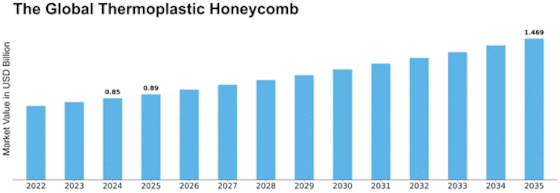

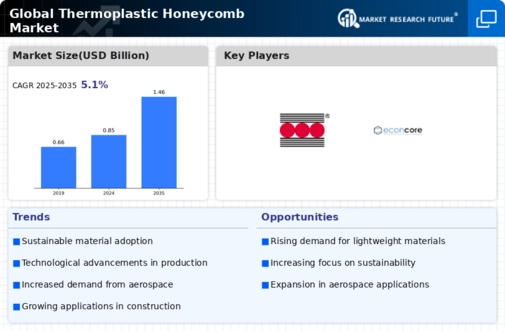
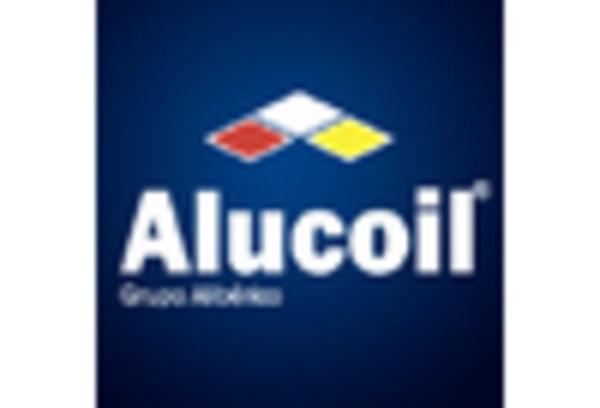
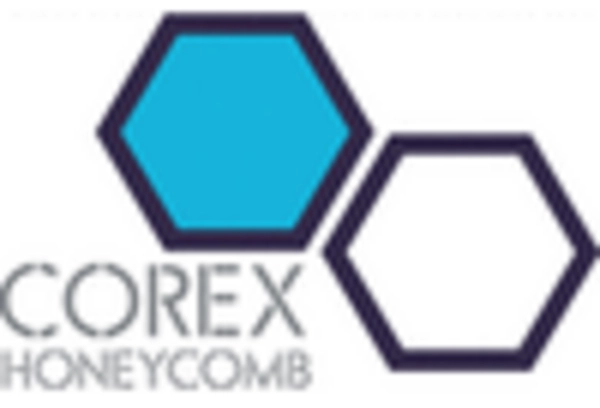
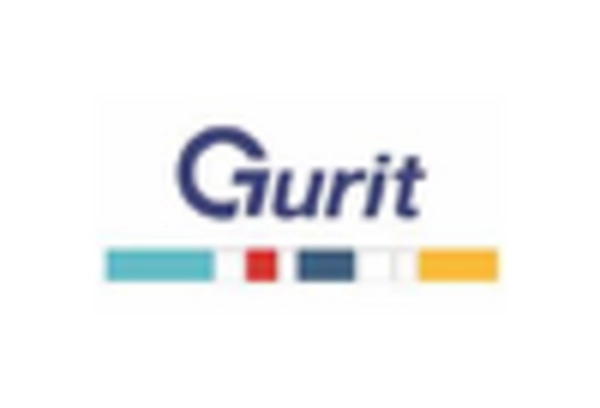
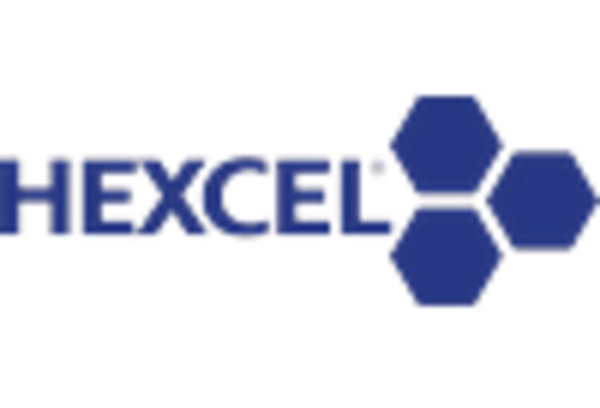
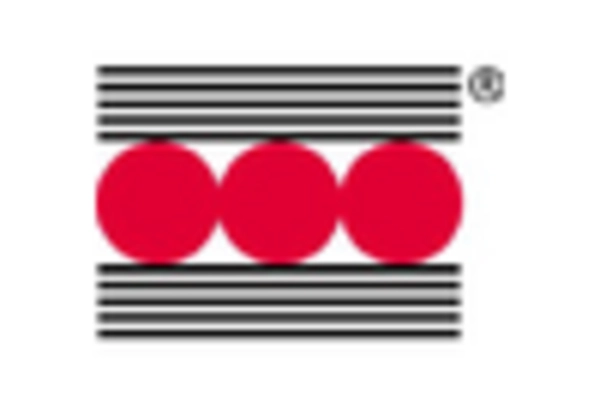










Leave a Comment